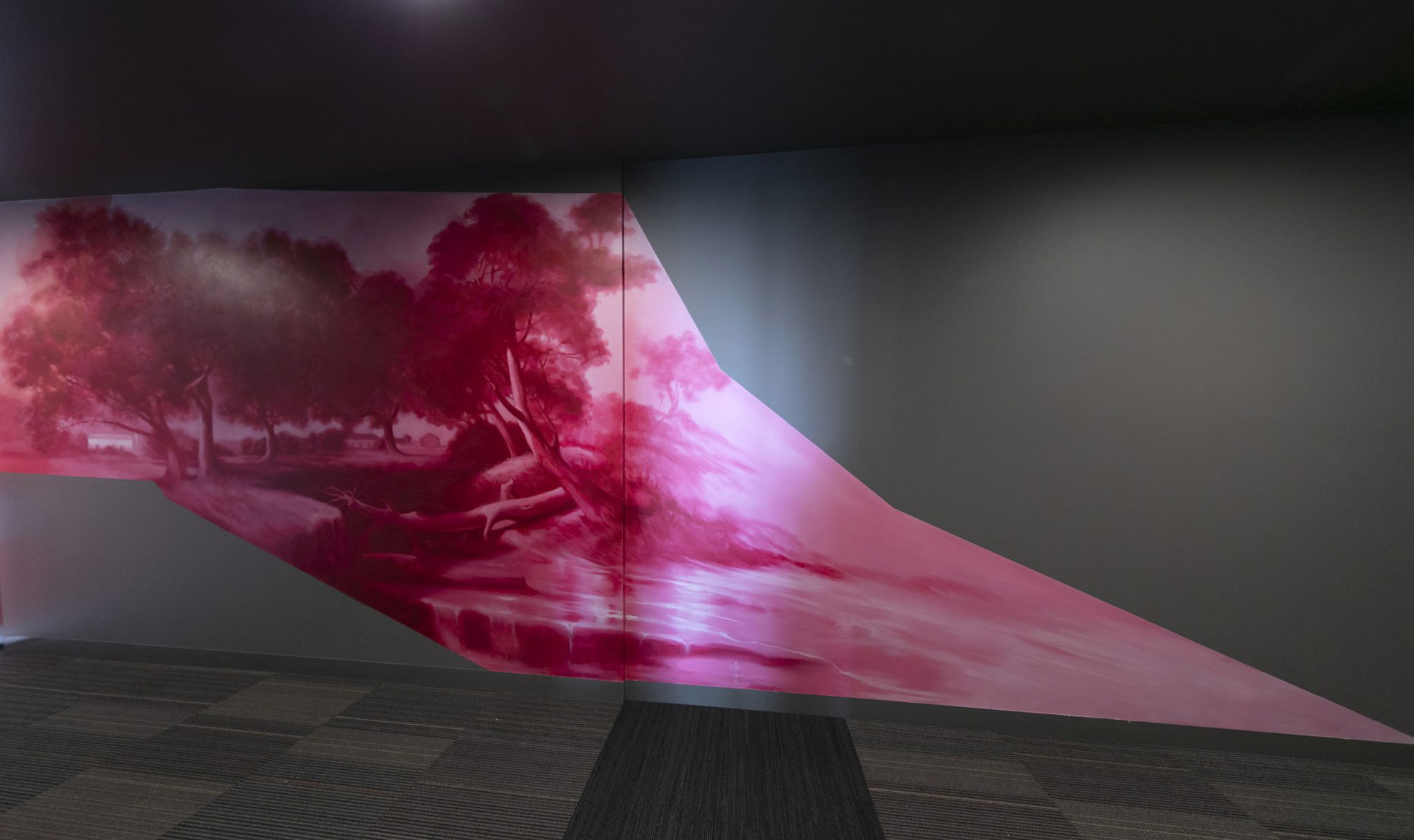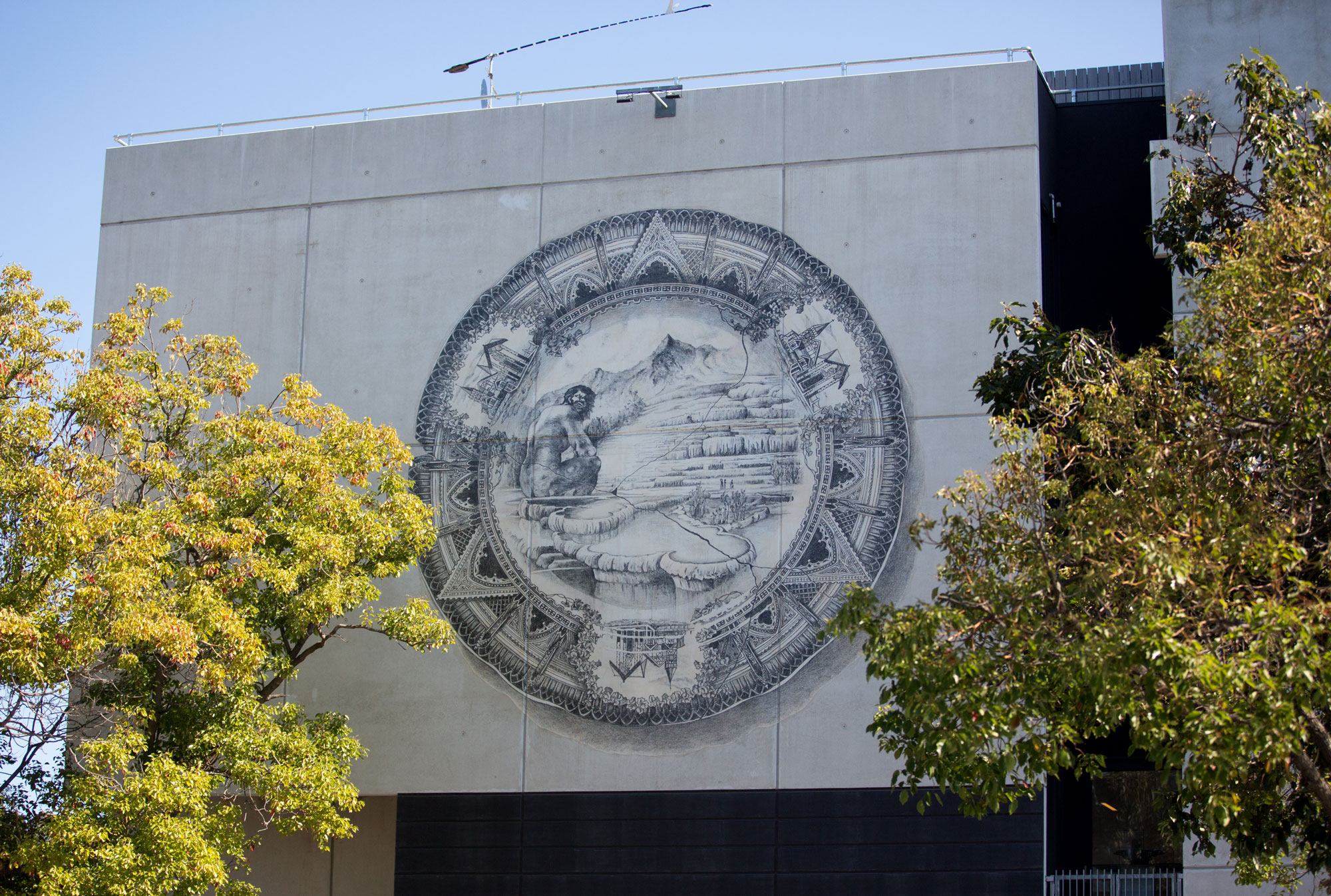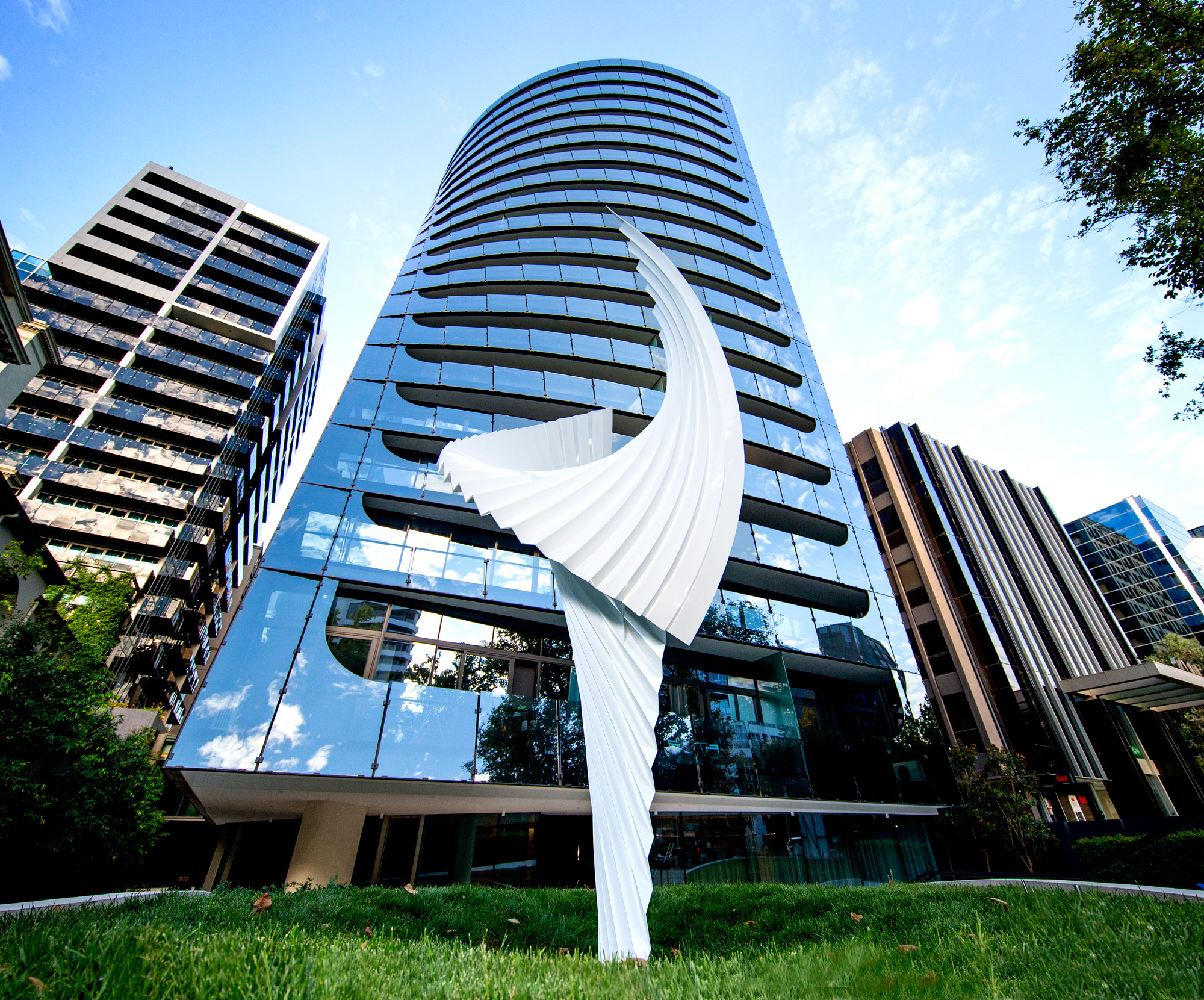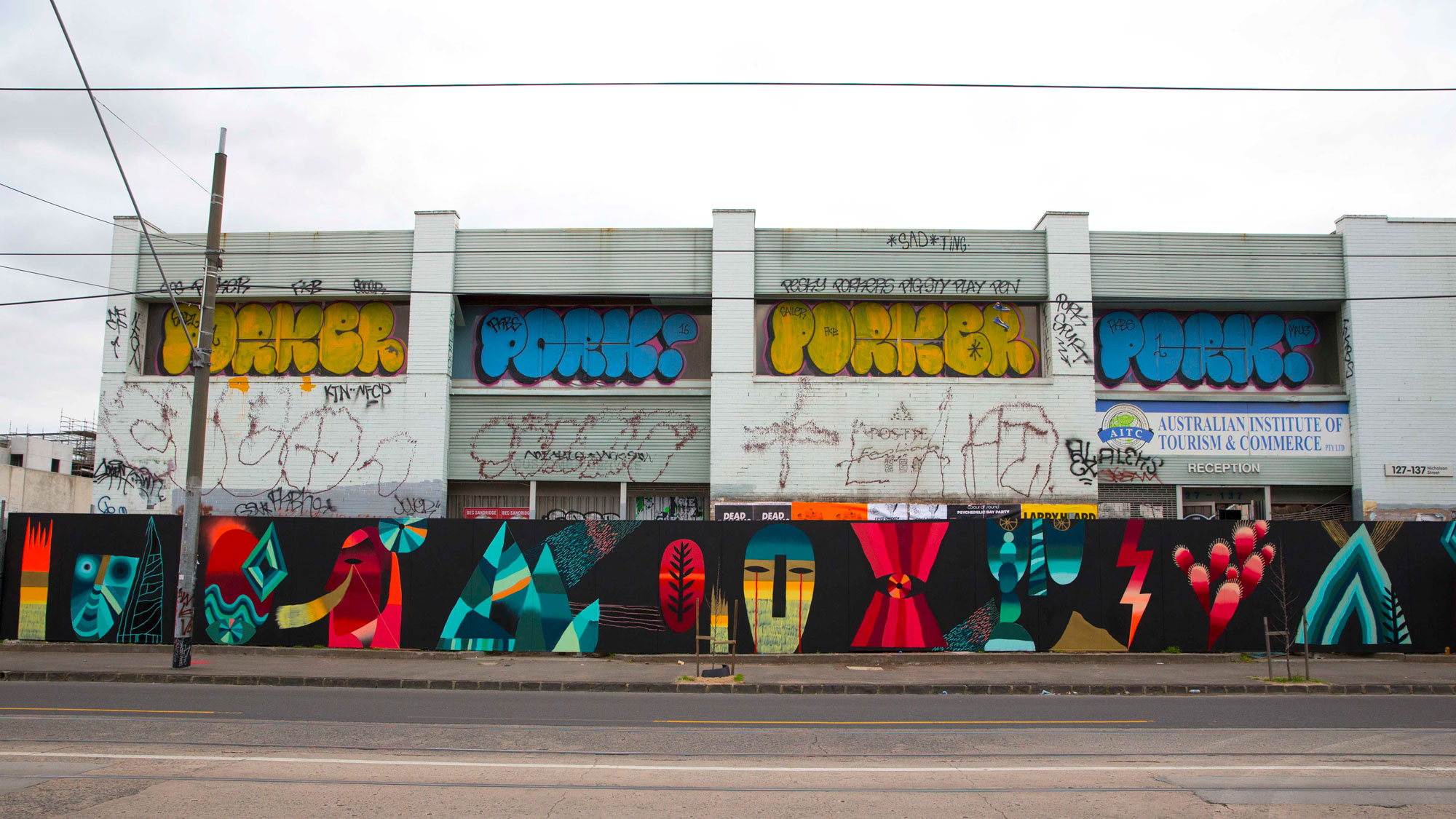Ideas
May 2025
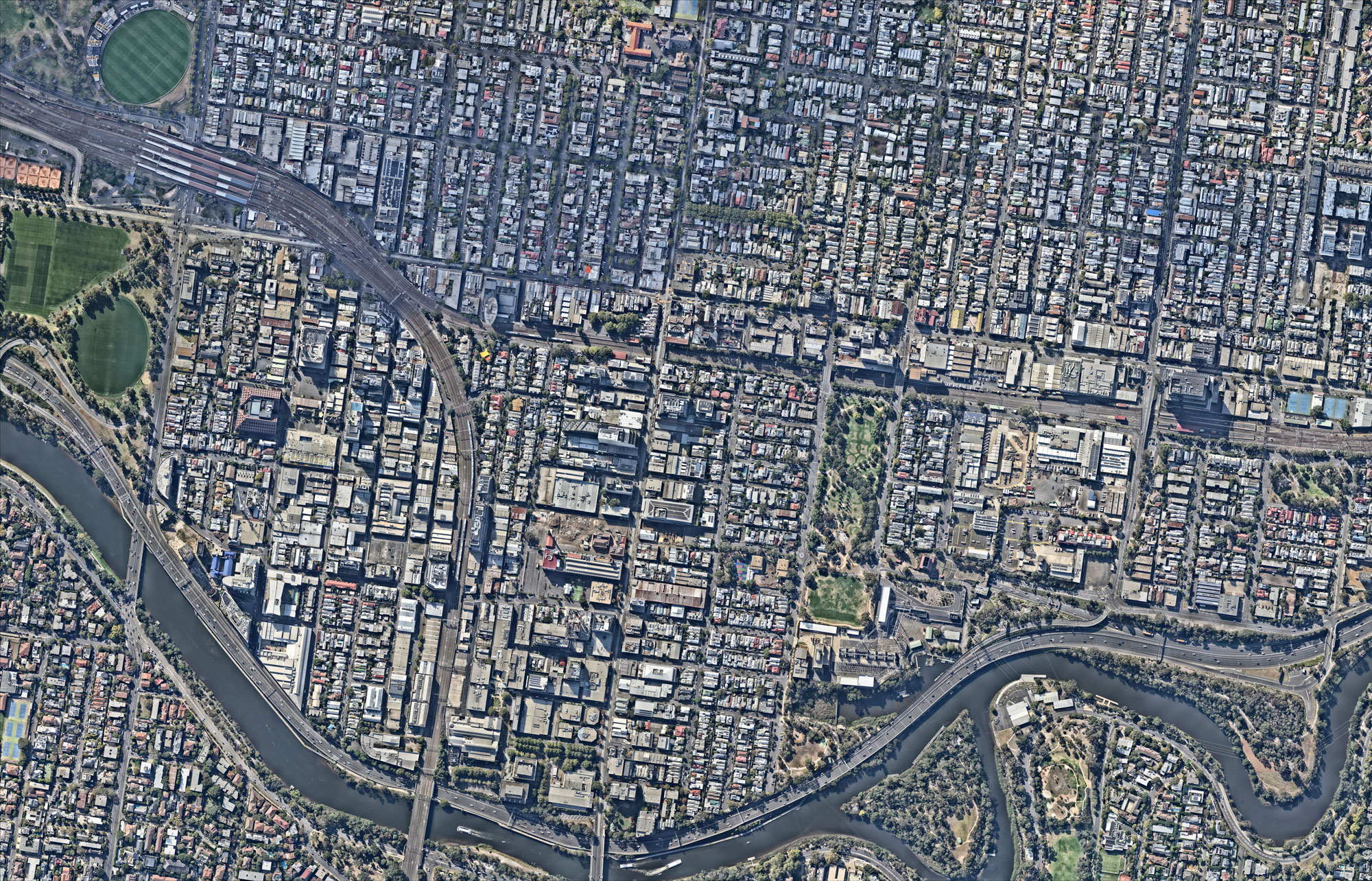
Andy Dinan, Director of MARS Gallery and ADA Consulting remembers a trip to Mexico a few years ago where every night, pared back white walls shrugged off their civic personas to become film screens awash with old black and white movies, transforming the streetscape from hard architecture to something magical and captivating. This memory endures, such is the power of public art which has moved well beyond the limitations of large murals on facades to begin to narrate cultural stories, connect communities and weave inspiring beauty into the fabric of society.
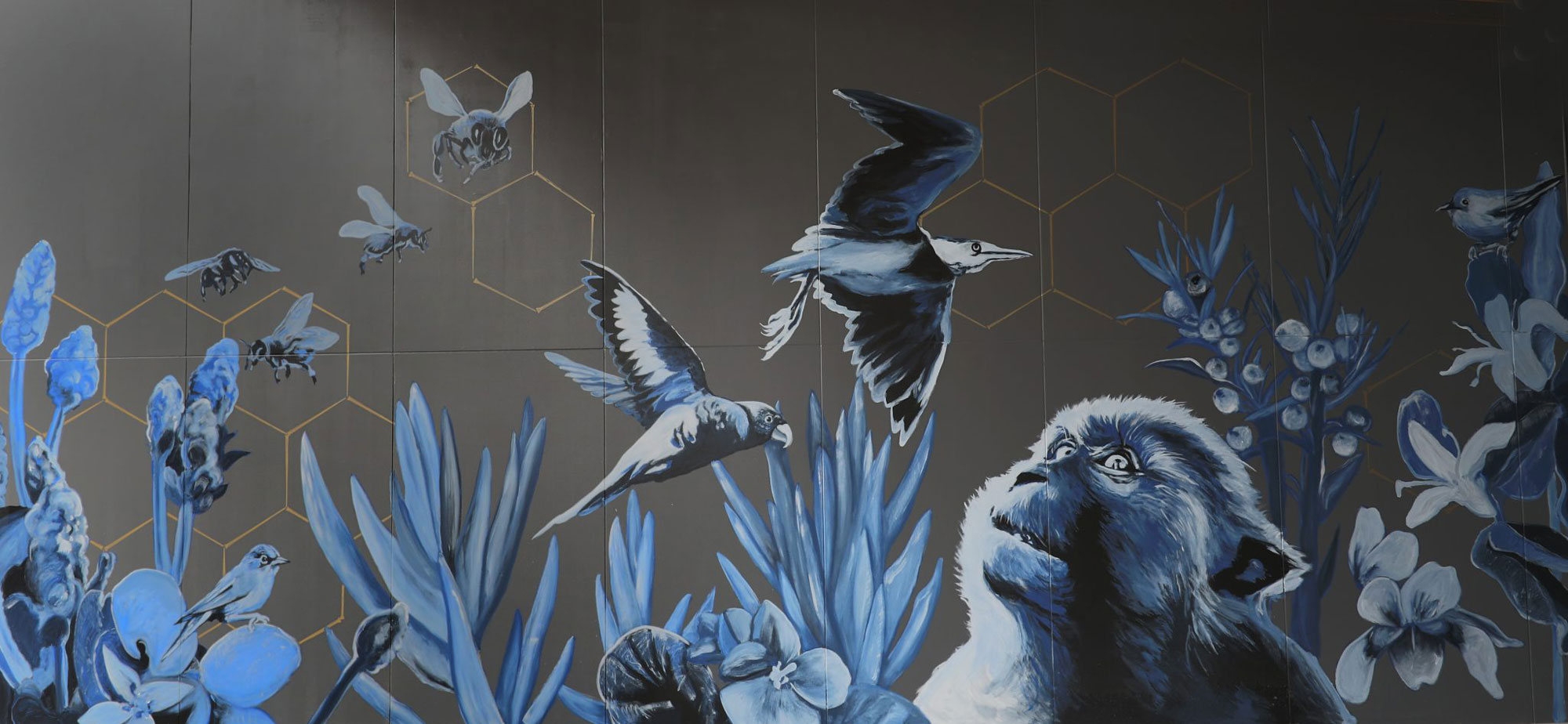
After many years steering the ship at MARS Gallery, Andy Dinan is today defined as a ‘place maker,’ a role that is becoming more and more integral to the way our cities are shaped. “I’ve seen a big change since establishing the gallery. As the years have gone by, I’ve done more and more to support my artists in their creation of public art where there were suddenly budgets, a possibility to create work that would stand the test of time and give them a career springboard,” she says. “I realised about 4 years ago that I wasn’t simply integrating pubic art anymore, I was integrating culture. Clients were wanting, from the community consultation stage and up, to look at culture all the way through. Whether the was through public art or another medium of culture.”
As inner-urban streetscapes invariably become more vertical, a new issue has entered the conversation around approving developments for permits. Concern largely lies with the density of our built environments creating negatives such as blocking long held views from surrounding homes, concerns around altering the ambiance of a community with the influx of new residents, and limitations on integrating cohesive architecture which is beautiful as well as affordable. These hinderances often lead to an avalanche of objections to council, something that almost stopped plans for East Brunswick Village (EBV) in its tracks a few years ago. With over 2000 objections to councils intentions, developers Banco Group reached out to Andy, who responded by then reaching out to the City of Moreland, to encourage conversation, suggest dialogue with local arts officers, and nurture an emerging common thread between what the community wanted and what it needed.
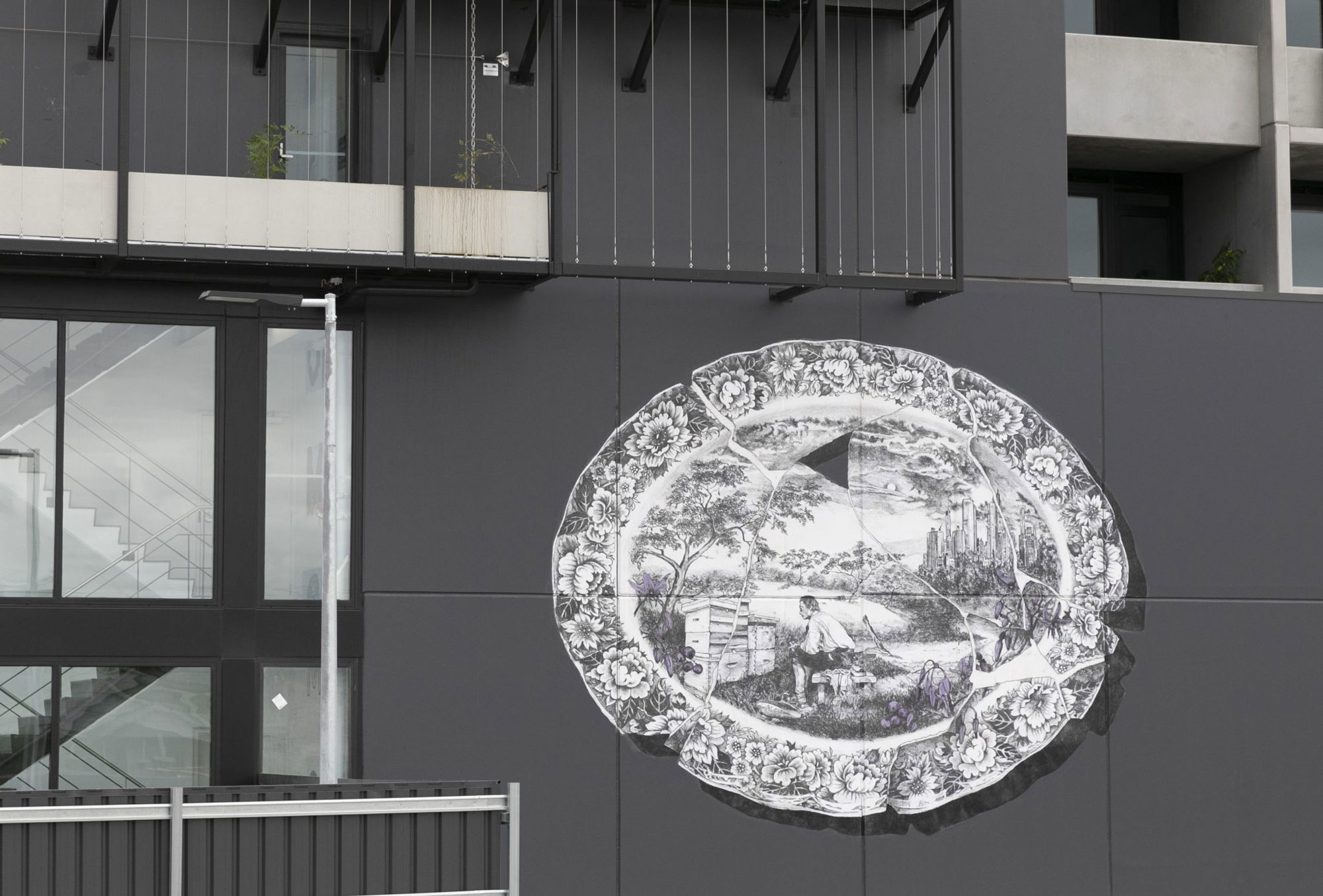
“Sometimes the magic doesn’t come from a big, monumental sculpture. It can come from a community integration project,” says Andy, and this is exactly what was found with EBV. A neighbouring composer was commissioned to compose a piece of music which has informed the identity of the precinct, gently layered into marketing collateral and played in common areas of the building. Blossoming from the seed of creative community sentiment, EBV now supports a thriving creative community which reflects the entire area and includes a Writers In Residence program and a female ceramics coop, initiatives which have been whole-heartedly embraced by locals.
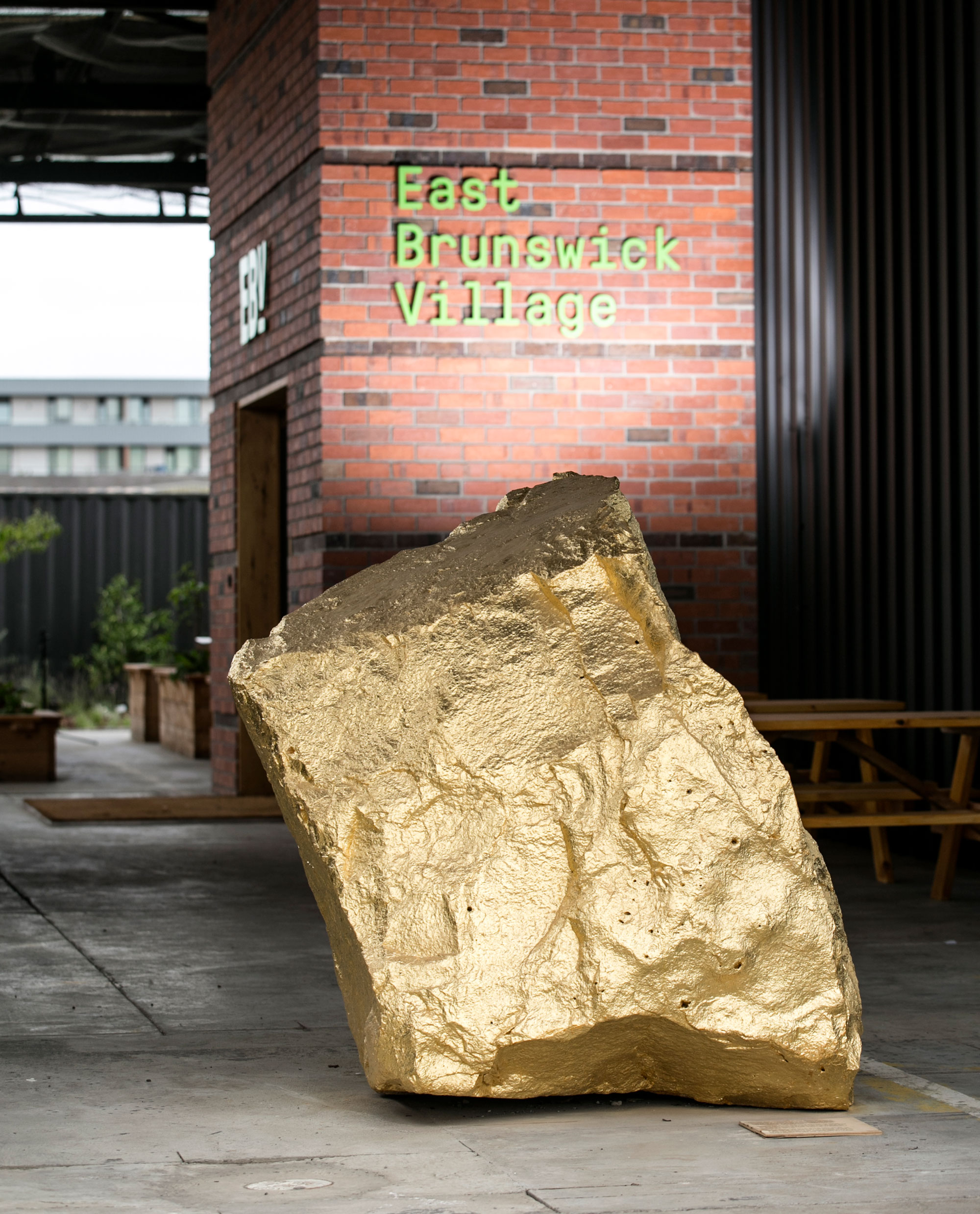
Public art’s redemptive capacity has slowly come to be acknowledged as an integral facet to significant changes to the built environment, whether that be beautification to the public realm in the heart of our cities, or as an ignitor of imagination and wonder in regional or remote areas as seen with the unparalleled success of the Australian Silo Art Trail. Its potential is manifested by cultural place maker’s like Andy who understand the complexities of matching the right artist/s to a project and to listening carefully to those who will be impacted most.
Ultimately, years from now we aren’t going to remember the endless loops round one-way urban streets trying to find a parking spot, we will remember the striking mural on the back of the terrace house on the corner of an otherwise nondescript laneway we happened upon. When we are looking for a new home, we will be taken aback by the care and intention put into the threshold between private and public domains and be comforted by the thought that this is the type of place we want our children to grow up in. We will recall the way the sweep of soft music through gritty city streets can divert pedestrians, ignite curiosity, and signal the excitement of discovery when it leads us to an installation so unexpected and so whimsical we are buoyed by possibility for the future of our cities, towns and landscapes.
